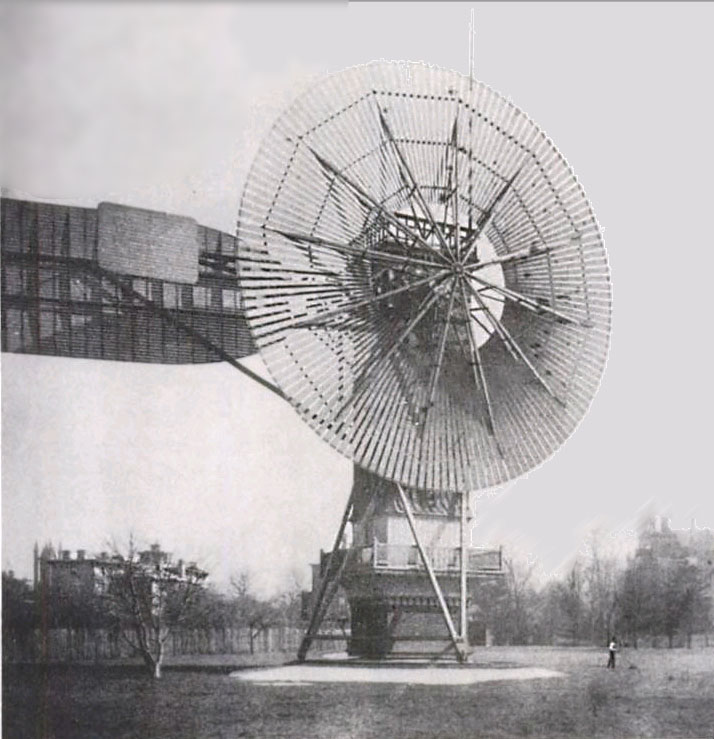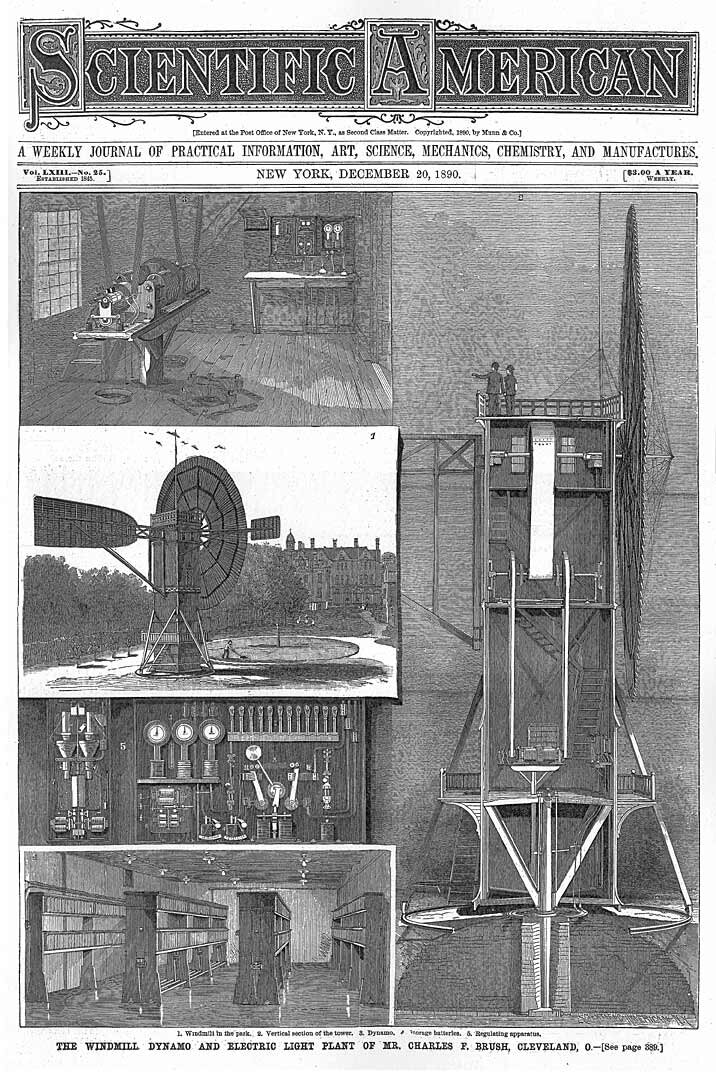How Did Charles F Brush Discover Wind Energy?
- Vivek Kumar
- February 23, 2025

How Did Charles F Brush Discover Wind Energy
Introduction
As we explore the history of wind power, a fascinating figure emerges: Charles F. Brush. His contributions to renewable energy are profound.
Brush's work on electricity and wind turbines laid the groundwork for modern sustainable practices.
Discovering how Charles F Brush discovered wind energy is a journey into the roots of renewable energy.
Delve into "How Did Charles F Brush Discover Wind Energy?" to uncover the pioneering spirit that shaped the future of sustainable power. This story reveals the innovative leaps that transformed our understanding of wind power. Let's explore the legacy of a true visionary.
Charles F. Brush's Background
Early Life and Education
Charles F. Brush was born in Euclid, Ohio, and developed an interest in science from an early age. He studied at Cleveland's Central High School and later attended the University of Michigan.
Career Highlights
Brush's career was marked by significant contributions to electricity, including the development of arc lights and dynamos. His work in these areas laid the foundation for later innovations in renewable energy.
Influence on Modern Technology
Charles F. Brush did not exactly "discover" wind energy, as the concept of harnessing wind power dates back much further. However, he made significant contributions to the development of wind energy technology by creating the world's first automatically operated wind turbine generator in 1888. This innovation was pivotal in advancing wind energy as a viable source of electricity.
Brush's inventions influenced the development of modern wind turbines and other sustainable technologies. His pioneering work in renewable energy continues to inspire new generations of engineers and innovators.
Background on Wind Energy
- Early Use of Wind Energy: Wind has been used for centuries in various forms, such as sailing ships and windmills for grinding grain or pumping water. However, the use of wind to generate electricity began to take shape in the late 19th century.
- Early Innovators: In 1887, Professor James Blyth in Scotland is credited with the first practical use of wind energy to generate electricity, predating Brush's work by a year.


Charles F. Brush's Contribution
- Design and Construction: Brush built his wind turbine on his property in Cleveland, Ohio. It consisted of a 56-foot tower with a rotor diameter of about 17 meters and 144 blades made of cedar wood. The turbine was connected to a dynamo located at the base of the tower, which produced 12 kilowatts of electricity.
- Automatic Furling System: The most innovative feature of Brush's turbine was its automatic furling system. This allowed the turbine to automatically adjust its angle to the wind, optimizing energy production. This was a key breakthrough in wind energy technology, making it more efficient and practical for widespread use.
- Electricity Generation: Brush's invention not only powered his mansion but also illuminated streetlights in downtown Cleveland. It operated successfully for about 20 years, demonstrating the potential of wind energy as a reliable source of electricity.
- Legacy: Brush's invention laid the groundwork for modern wind turbines. His work in electrical engineering, including improvements to dynamos and arc lights, also contributed to the broader development of electrical systems.
The First Automatic Wind Turbine
Design and Construction
Brush's turbine was a 12-kilowatt machine, featuring a unique automatic furling system to regulate speed. It stood 60 feet tall with a rotor diameter of 56 feet.
Operational Details
The turbine generated electricity using a direct current dynamo, powering Brush's home and nearby streetlights. It was a pioneering example of harnessing wind energy for practical use.
Impact on Local Community
The turbine's success in powering homes and streetlights demonstrated the potential of renewable energy for community needs. It operated continuously for over 20 years, showcasing its reliability.
Example Case Studies
Brush's Windmill Dynamo
Brush's windmill dynamo successfully powered his home for over 20 years, demonstrating the reliability of wind energy systems in practical applications.
Comparison with Modern Turbines
Modern wind turbines have evolved significantly, offering higher efficiency and larger capacities compared to Brush's pioneering design. They are now integral to global renewable energy strategies.
Legacy in Wind Energy Development
Brush's invention laid the groundwork for future advancements in wind power, inspiring innovations that continue to shape the renewable energy landscape today.
Conclusion
Summary of Brush's Achievements
Charles F. Brush's contributions to wind energy were pivotal, demonstrating the potential of renewable energy in practical applications.
Future of Wind Energy
Today, wind power is a cornerstone of global energy strategies, with modern wind turbines offering efficient and sustainable solutions for meeting energy demands.